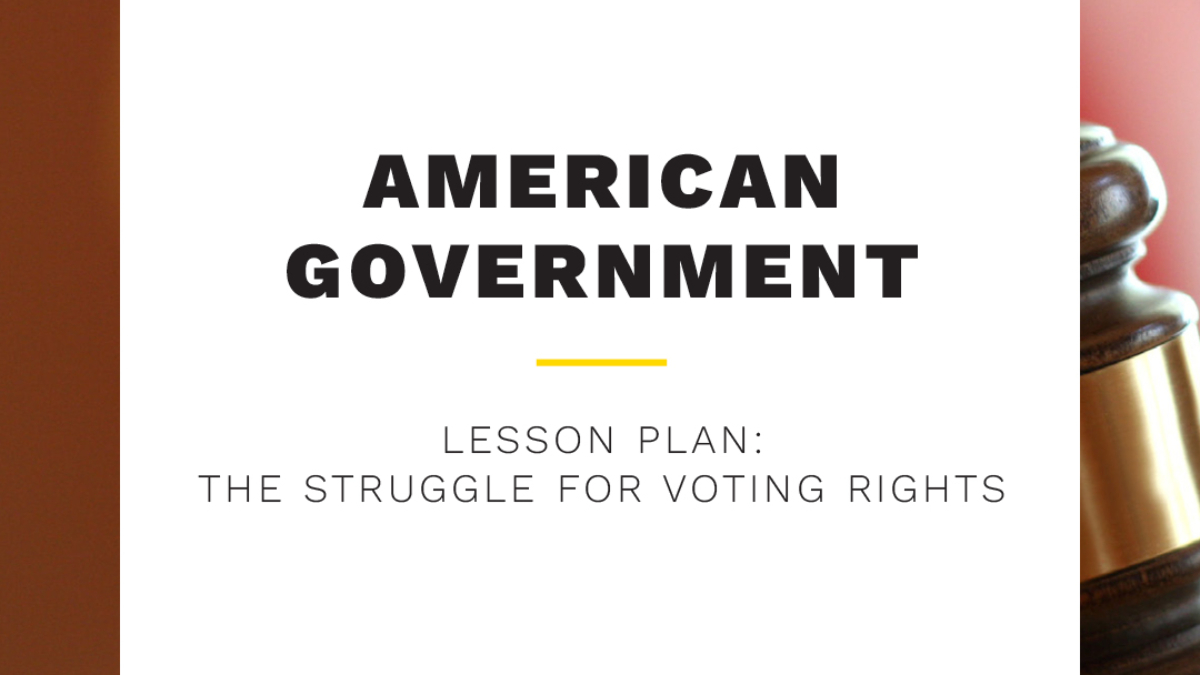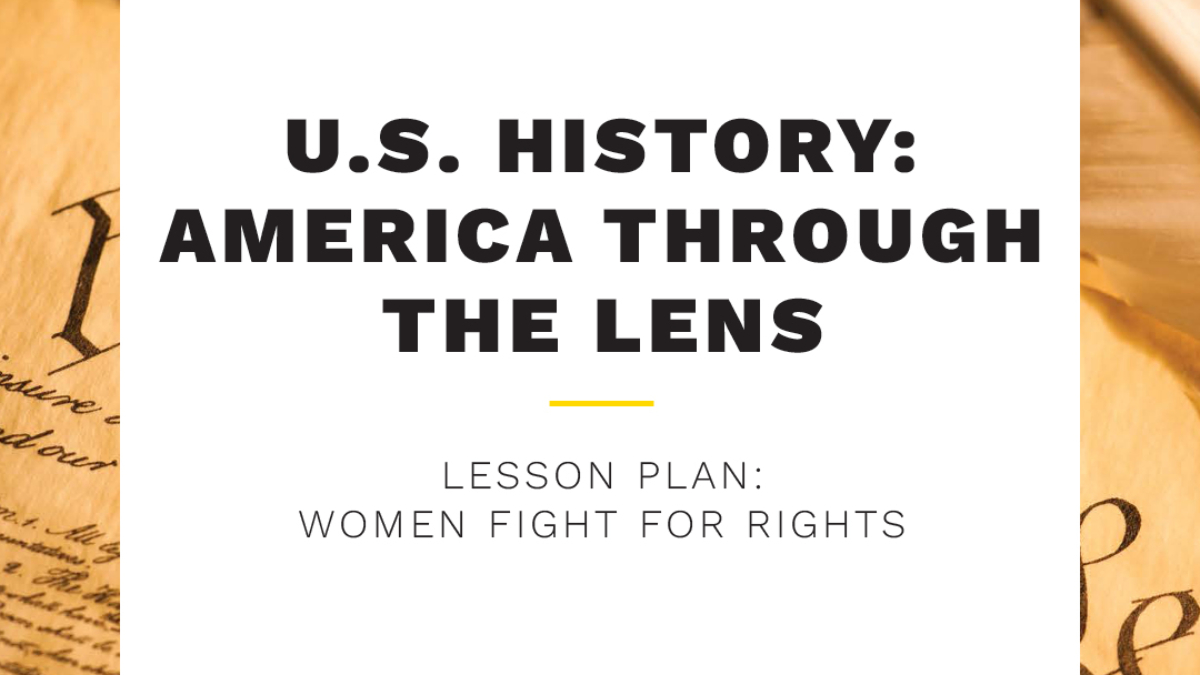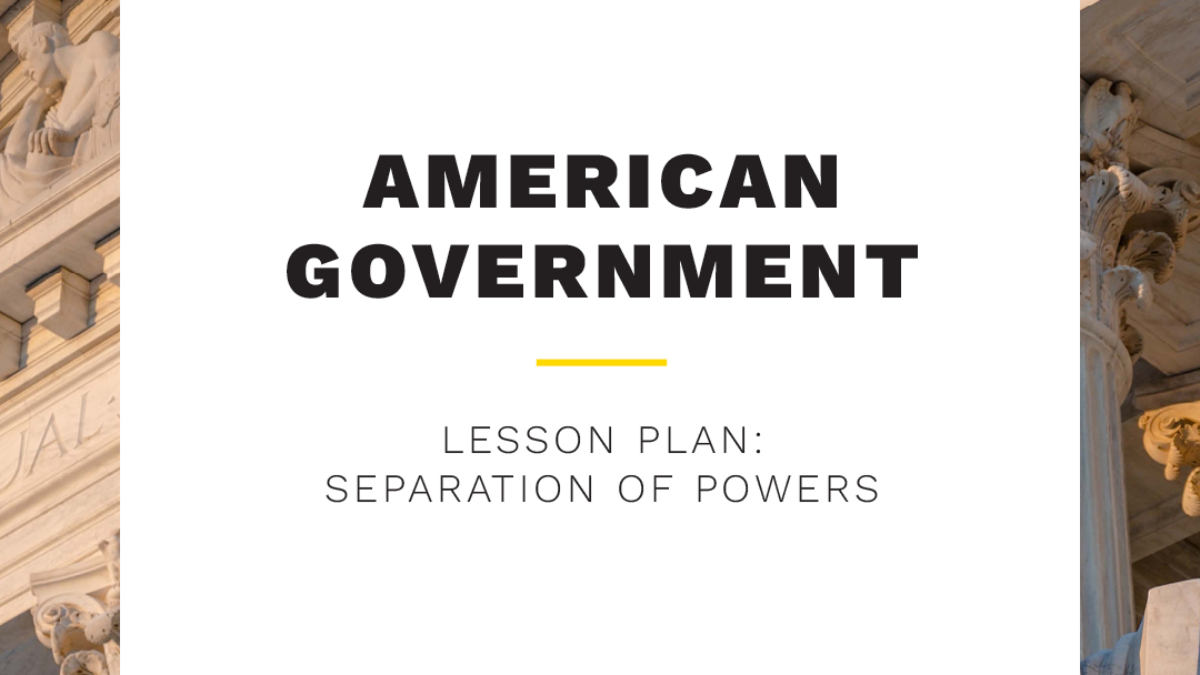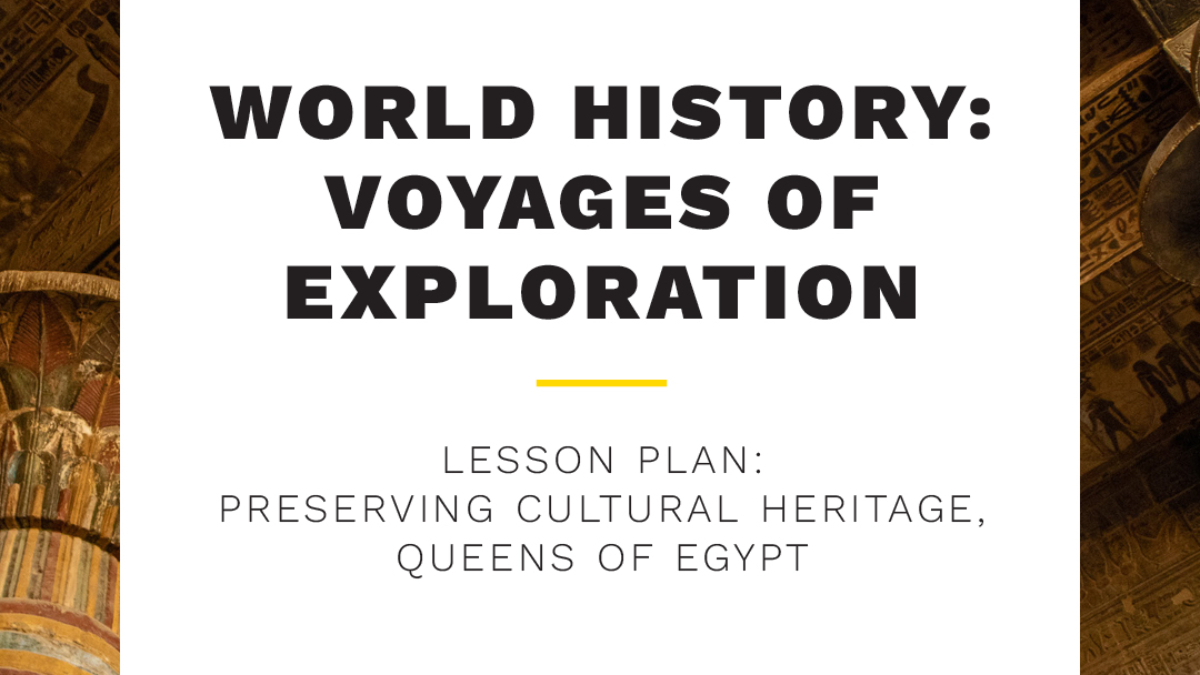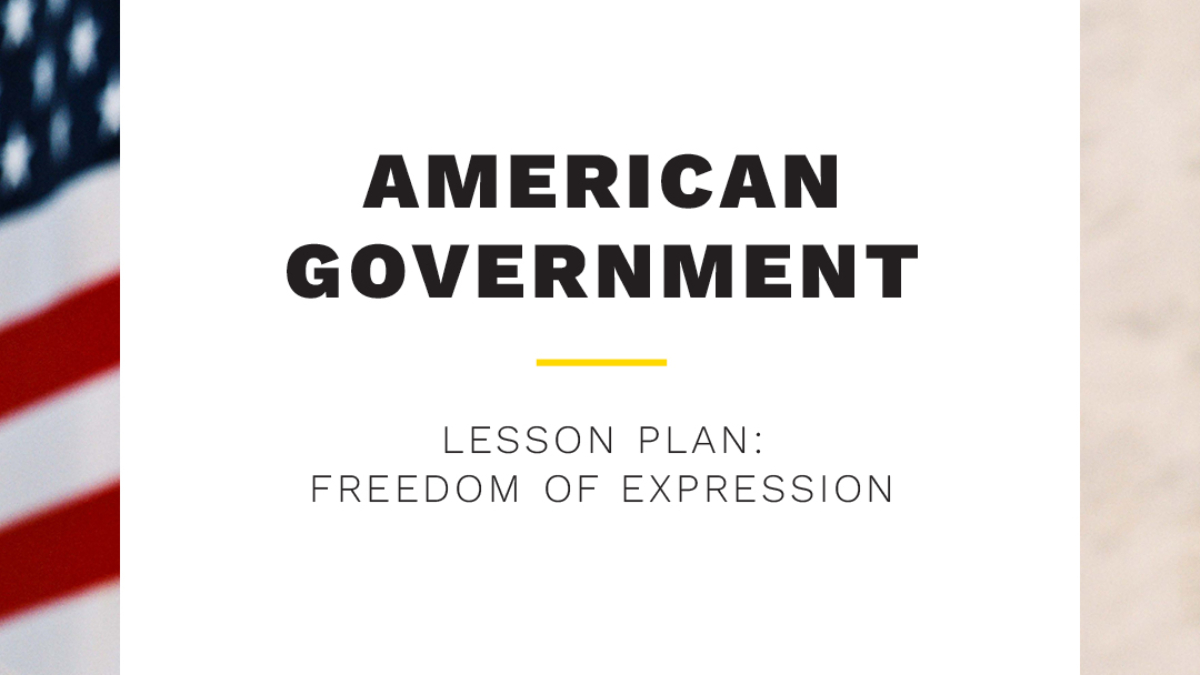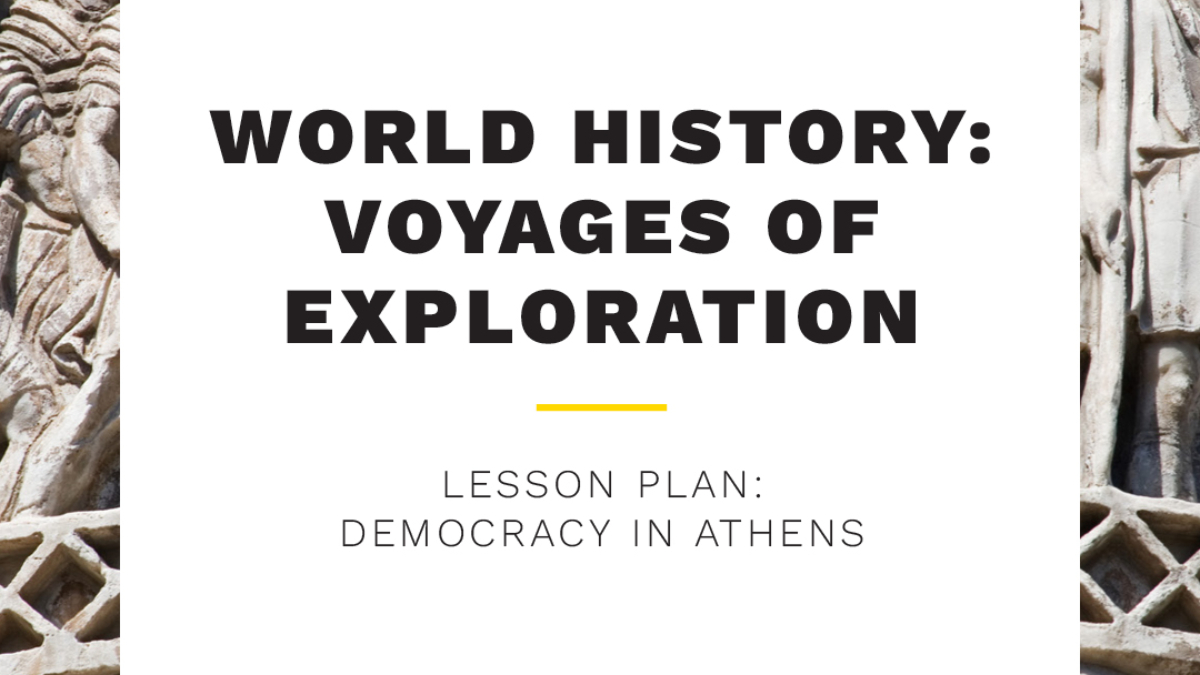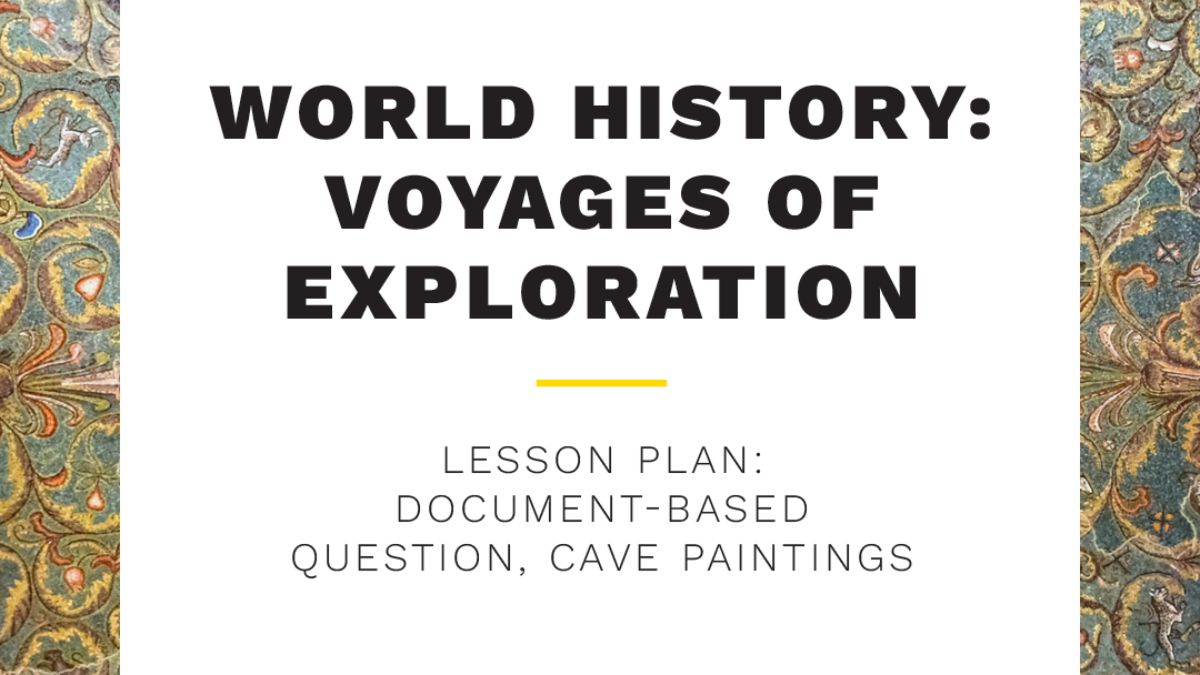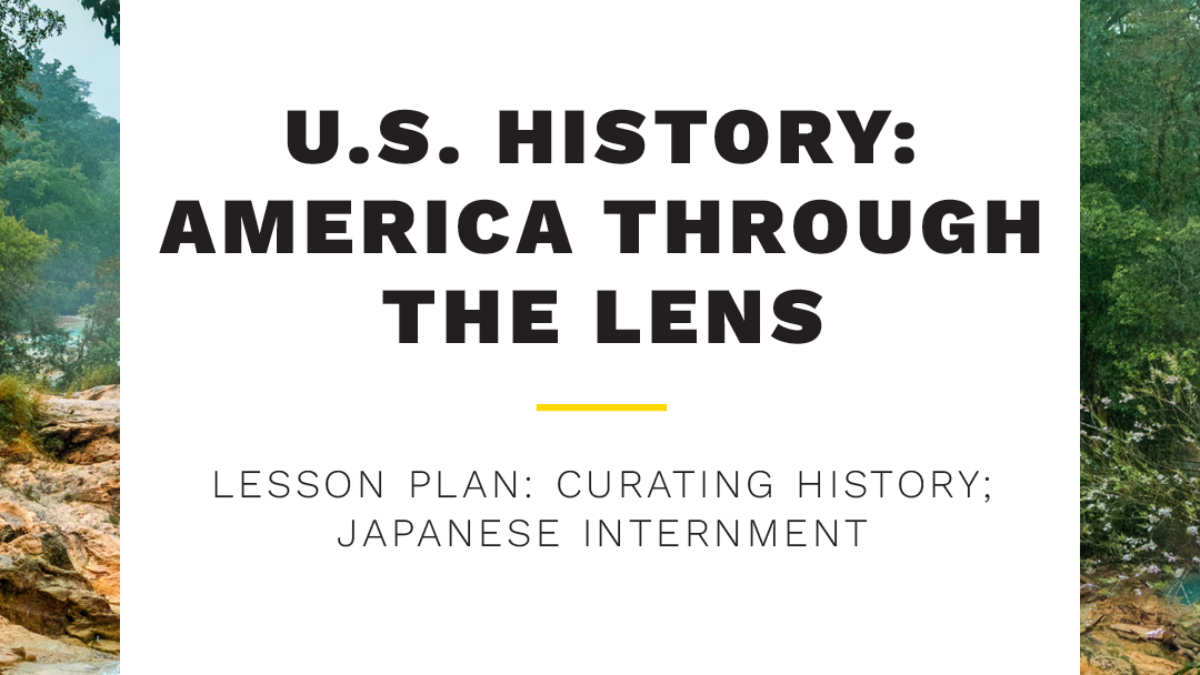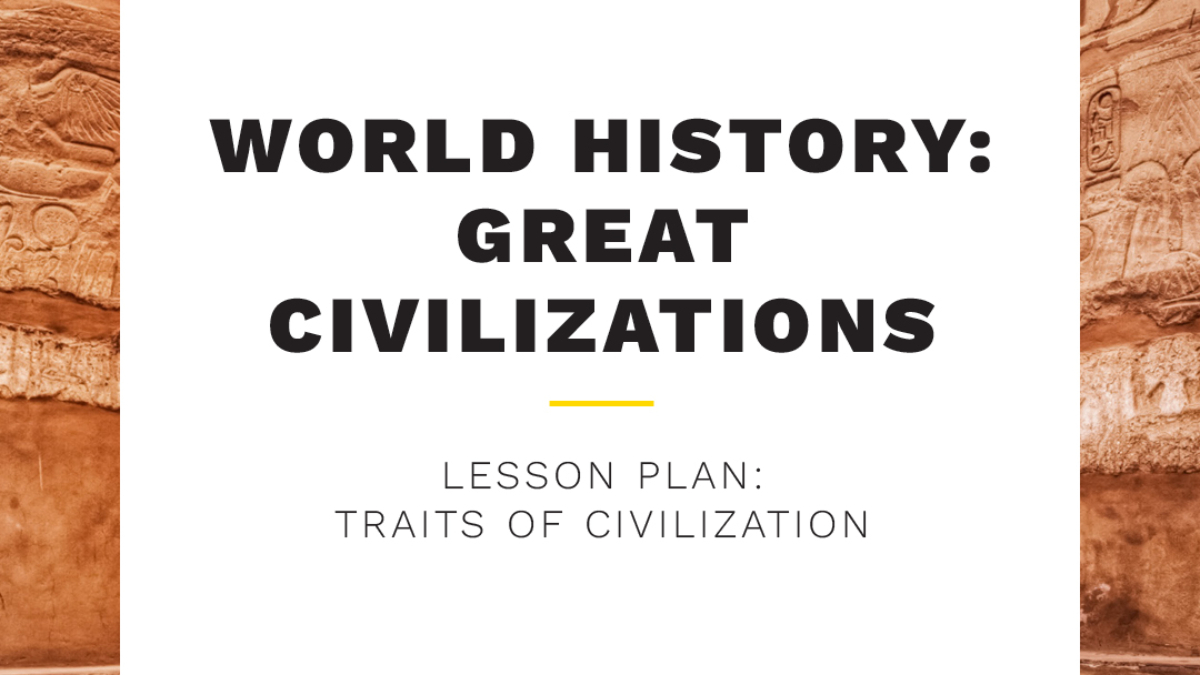Explore the evolving story of democracy in action through this lesson on the struggle for voting rights in the United States. Using primary sources, timelines, and classroom discussions, students examine how voting rights have expanded—and been restricted—throughout U.S. history.
Take & Teach Lessons: National Geographic U.S. History America Through the Lens | Women Fight for Rights
Explore the powerful stories of women who led the fight for suffrage and social justice during the Progressive Era.
Help Students Navigate Your Online Classroom
Here we go again. A new group of students walk into your classroom, eager to learn from you. You’ve worked hard to set up your classroom – both in person and online. You start the first unit and everything goes smoothly (or at least you hope so) and then you realize several of your students have no idea how to turn in your online assignments. This is of course puzzling to you because you know you have showed the class how to do this at least five times throughout the unit. To combat this issue, here’s a solution that may help.
Take & Teach Lesson: National Geographic American Government | Separation of Powers
Help students unpack one of the Constitution’s most enduring principles: the separation of powers. This engaging lesson guides learners through the structure of the United States government, exploring how power is divided among the legislative, executive, and judicial branches—and why that matters.
Take & Teach Lessons: National Geographic World History Voyages of Exploration | Preserving Cultural Heritage, Queens of Egypt
Step into the world of ancient Egypt through the stories of its powerful female rulers—from Nefertari to Cleopatra. This lesson invites students to explore how queens shaped Egypt’s political and religious life, while also examining the lasting legacy of their leadership through art, architecture, and primary sources.
Take & Teach Lesson: National Geographic American Government | Freedom of Expression
What are the boundaries of free speech in a democratic society? In this lesson, students explore how the First Amendment protects freedom of expression—and how that freedom can be limited in the interest of national security, public order, or individual rights.
Take & Teach Lessons: National Geographic World History Voyages of Exploration | Democracy in Athens
What does it mean to be governed by the people? This lesson introduces students to the foundations of democracy in ancient Athens, highlighting how reformers like Solon, Cleisthenes, and Pericles expanded political participation and shaped a system based on civic engagement and equality.
Take & Teach Lessons: National Geographic World History Voyages of Exploration | DBQ, Cave Paintings
What can prehistoric art reveal about the lives, beliefs, and creativity of early humans? In this lesson, students investigate three ancient cave paintings from France, Argentina, and Africa to compare artistic techniques, materials, and purposes across time and cultures.
Take & Teach Lessons: National Geographic U.S. History America Through the Lens | Curating History: Japanese Internment
This lesson from U.S History America Through the Lens invites students to explore Japanese American internment through powerful works of art and photography.
Take & Teach Lessons: National Geographic World History: Great Civilizations | Traits of Civilization
This lesson from World History: Great Civilizations introduces students to the five essential traits that define a civilization. Through engaging discussion, visual analysis, and hands-on group work, students examine how elements like record keeping, specialized labor, and complex institutions contributed to the development of early societies.

